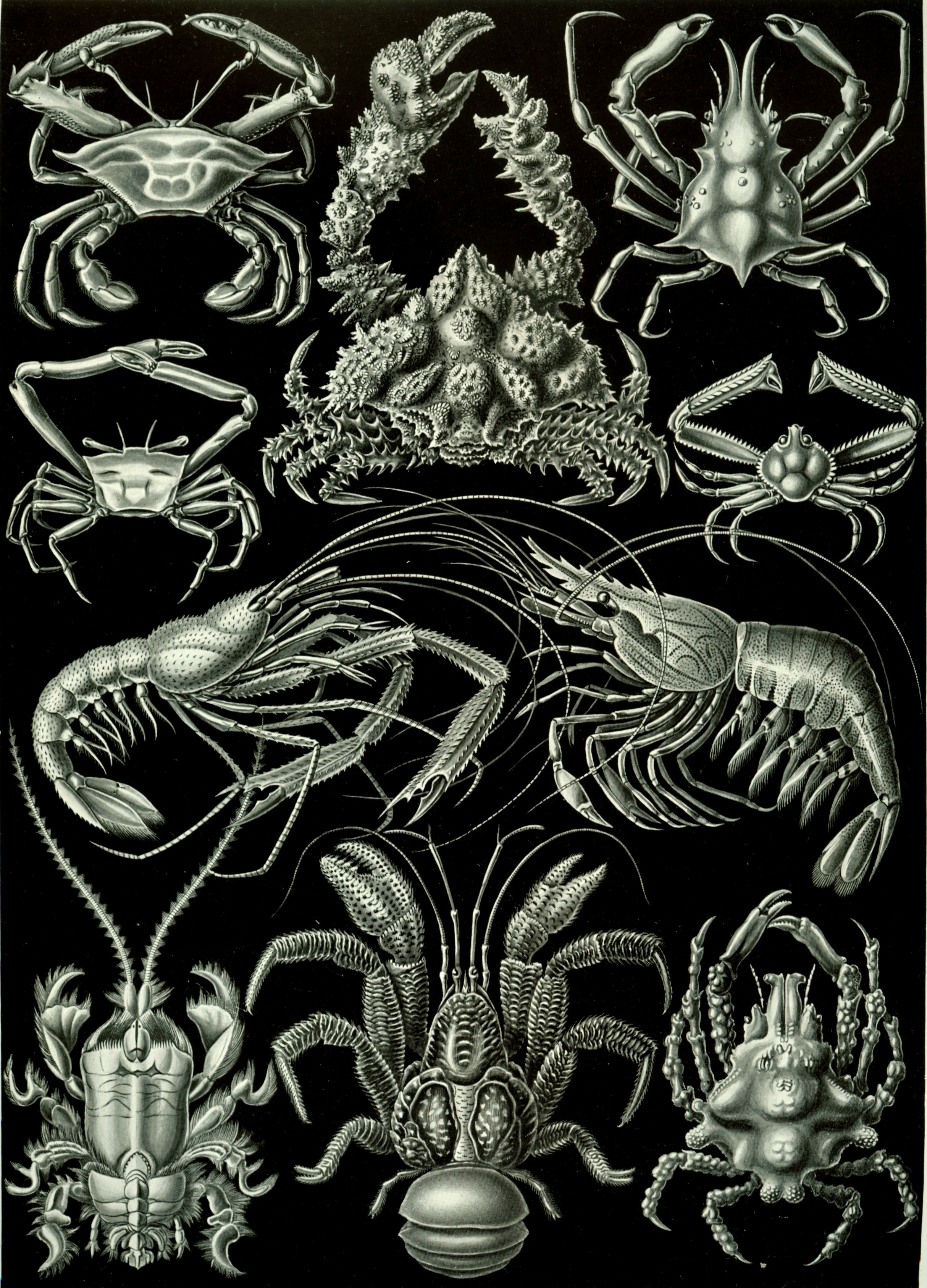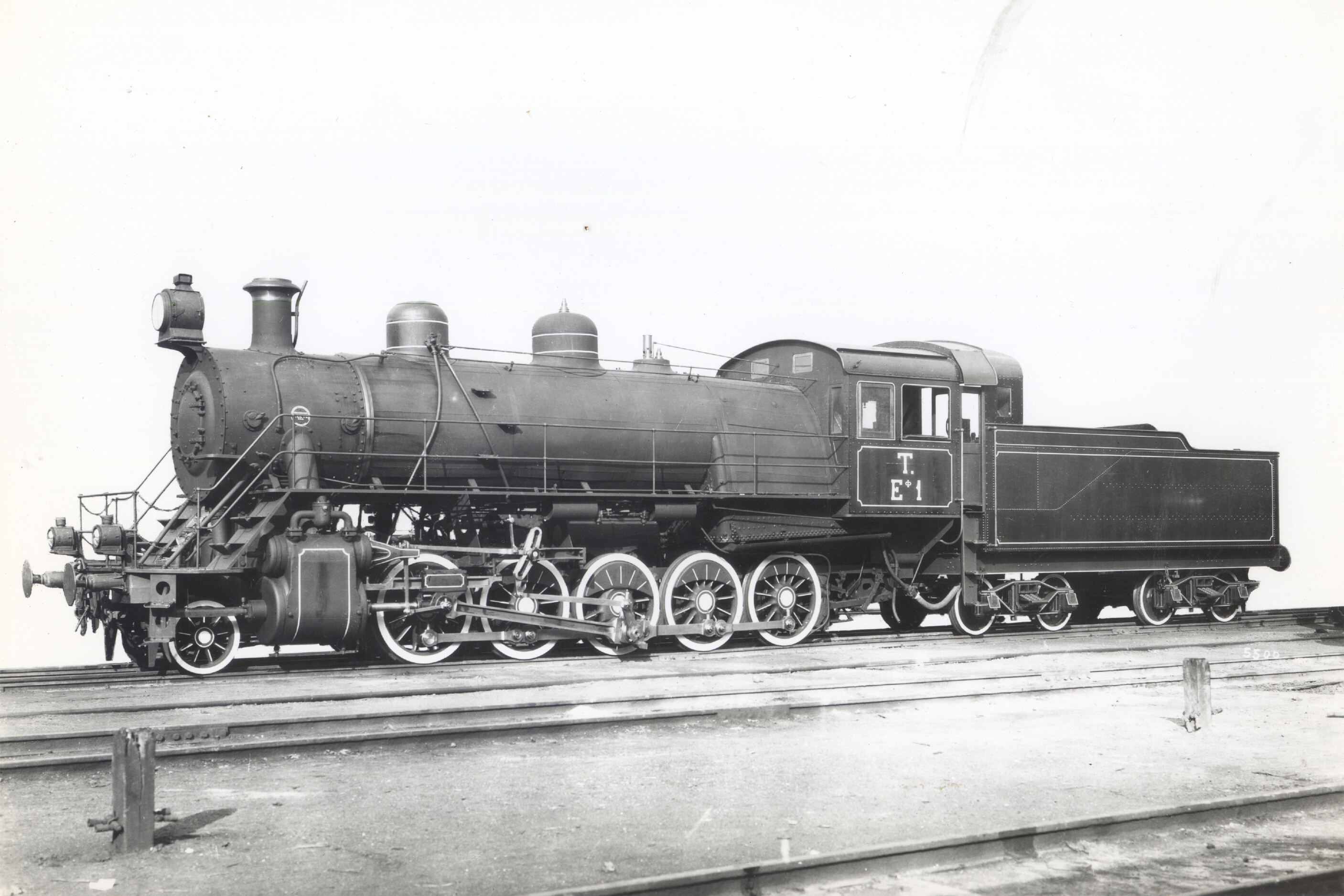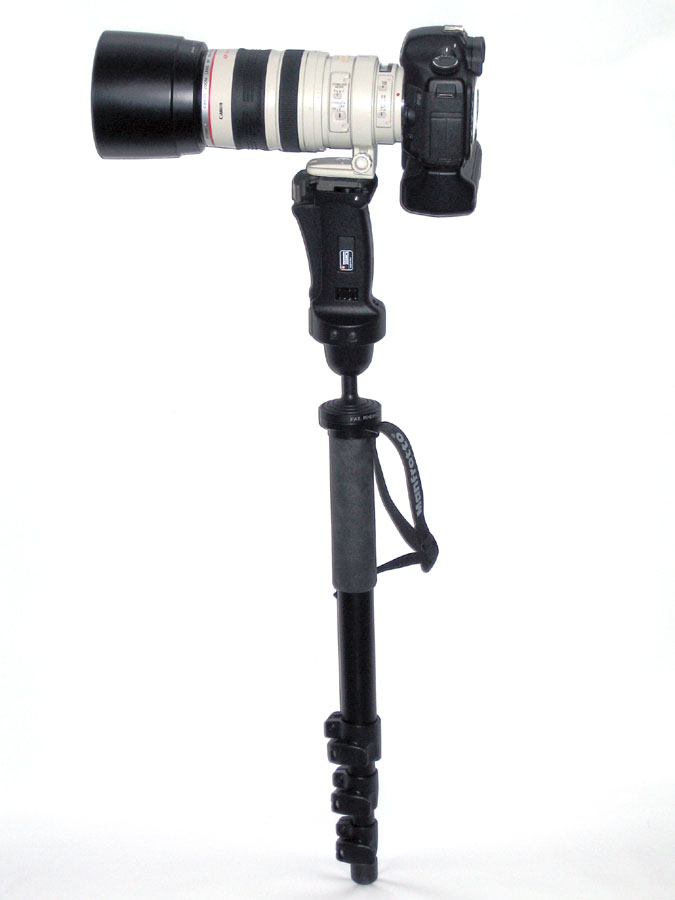|
Decapod (other)
A decapod is a member of Decapoda, an order of crustaceans such as lobsters and crabs Decapod may also refer to: * 2-10-0, a steam locomotive wheel arrangement often known as Decapod (especially in the United States) ** Russian locomotive class Ye, nicknamed Russian Decapods * 0-10-0, a steam locomotive wheel arrangement known as Decapod (in the United Kingdom) ** GER Class A55, or GER Decapod, an experimental 0-10-0T steam locomotive * " The Decapod", an episode of 1960s British TV series ''The Avengers'' See also * Decapodiformes, ten-limbed cephalopods with eight arms and two tentacles * Decapodian, decapod-like fictional character in the cartoon series ''Futurama'' * Monopod * Tripod (other) * Tetrapod (other) * Hexapod (other) * Octopus An octopus (: octopuses or octopodes) is a soft-bodied, eight-limbed mollusc of the order Octopoda (, ). The order consists of some 300 species and is grouped within the class Cephalopoda with ... [...More Info...] [...Related Items...] OR: [Wikipedia] [Google] [Baidu] |
Decapod
The Decapoda or decapods, from Ancient Greek δεκάς (''dekás''), meaning "ten", and πούς (''poús''), meaning "foot", is a large order of crustaceans within the class Malacostraca, and includes crabs, lobsters, crayfish, shrimp, and prawns. Most decapods are scavengers. The order is estimated to contain nearly 15,000 extant species in around 2,700 genera, with around 3,300 fossil species. Nearly half of these species are crabs, with the shrimp (about 3,000 species) and Anomura including hermit crabs, king crabs, porcelain crabs, squat lobsters (about 2500 species) making up the bulk of the remainder. The earliest fossils of the group date to the Devonian. Anatomy Decapods can have as many as 38 appendages, arranged in one pair per body segment. As the name Decapoda (from the Greek , ', "ten", and , '' -pod'', "foot") implies, ten of these appendages are considered legs. They are the pereiopods, found on the last five thoracic segments. In many decapods, one pair o ... [...More Info...] [...Related Items...] OR: [Wikipedia] [Google] [Baidu] |
2-10-0
Under the Whyte notation for the classification of steam locomotives, 2-10-0 represents the wheel arrangement of two leading wheels on one axle, ten powered and coupled driving wheels on five axles, and no trailing wheels. This arrangement was often named Decapod, especially in the United States, although this name was sometimes applied to locomotives of 0-10-0 "Ten-Coupled" arrangement, particularly in the United Kingdom. Notable German locomotives of this type include the war locomotives of DRB Class 52, Class 52. These locomotives were popular in Europe, particularly in Germany and Russia; United Kingdom, British use of the type was confined to the period during and after World War II. In the United States, the 2-10-0 was not widely popular but was a favorite of a small number of railroads which operated mostly in mountainous terrain. Among these was the Erie Railroad, a major Chicago to New York trunk line railroad, and the Pennsylvania Railroad, whose heavily graded routes c ... [...More Info...] [...Related Items...] OR: [Wikipedia] [Google] [Baidu] |
Russian Locomotive Class Ye
The Russian locomotive class Ye, and subclasses Yea, Yek, Yel, Yef, Yem, Yemv and Yes (Russian: Паровоз Е; Еа, Ек, Ел, Еф, Ем, Емв and Ес) were a series of 2-10-0 locomotives built by American builders for the Russian railways in World War I and again in World War II. They were lightweight engines with relatively low axle loadings. Due to the Bolshevik revolution in 1917, 200 locomotives were stranded in the United States so these were fitted with wider tires: locomotive driving wheels had steel tires which were heated to expand them, then driven over the wheels so that they shrank into place. By fitting wider tires with a deeper tread width, the effective wheel gauge could be decreased from the Russian standard of to (the US standard) to fit the American gauge, and could then be sent to various railroads. The locomotives were nicknamed "Russian Decapods." A number of locomotives were acquired by the Finnish railways (class Tr2) and by the China Railway ( ... [...More Info...] [...Related Items...] OR: [Wikipedia] [Google] [Baidu] |
0-10-0
Under the Whyte notation for the classification of steam locomotives, represents the wheel arrangement of no leading wheels, ten powered and coupled driving wheels on five axles and no trailing wheels. In the United Kingdom, this type is known as a Decapod, a name which is applied to types in the United States. In the United States, the type is known as ten-coupled. Overview The lack of leading and trailing wheels makes this wheel arrangement unstable at speed, and it is a type usually confined to fairly low-speed work, such as switcher, switching (shunting), transfer runs, slow-speed drag freight, or running over mountainous terrain. The Russian E class was the most numerous single class of locomotive in the world, with around 11,000 manufactured. Usage Austria In 1899, Karl Gölsdorf introduced his famous 180.00 class for the Austrian State Railway, an 0-10-0 for mountain regions which had a remarkably low axle load. It employed the Gölsdorf axle system and had the driv ... [...More Info...] [...Related Items...] OR: [Wikipedia] [Google] [Baidu] |
GER Class A55
The GER Class A55 or ''Decapod'' was an experimental steam locomotive with an wheel arrangement designed by James Holden for the Great Eastern Railway. It was the first ten-coupled steam locomotive in Great Britain. Background The locomotive was built for purely political purposes in order to block the passage through Parliament of a new rival scheme for an electric railway. The Decapod was built in 1902 to a design by the GER Chief Draughtsman, Fred Russell under the supervision of the Chief Superintendent, James Holden. The aim was to demonstrate the ability of a steam locomotive to accelerate passenger trains at a rate comparable to electric traction and the electric trams with which the GER was also in competition over short distances. The locomotive was far larger than any locomotive previously built in Britain for home service. It had 10 driving wheels for maximum grip and prevention of wheelspin, each of which was four-foot-six-inches in diameter which gave high ... [...More Info...] [...Related Items...] OR: [Wikipedia] [Google] [Baidu] |
The Decapod
"The Decapod" is the third episode of the second series of the 1960s cult British spy-fi television series '' The Avengers'', starring Patrick Macnee and Julie Stevens. It was first broadcast by ABC on 13 October 1962. The episode was directed by Don Leaver and written by Eric Paice. Plot Steed is brought in to protect the President of the Republic of the Balkans from a masked assassin. He sends Venus on a phony tour, with real wrestlers. Music Julie Stevens sings " You're Getting To Be A Habit With Me" composed by Harry Warren and "I Got It Bad (and That Ain't Good)" by Duke Ellington, accompanied by the Dave Lee Trio. Cast * Patrick Macnee Daniel Patrick Macnee (6 February 1922 – 25 June 2015) was a British-American actor best known for his breakthrough role as secret agent John Steed in the television series ''The Avengers (TV series), The Avengers'' (1961–1969). Starting out ... as John Steed * Julie Stevens as Venus Smith * Paul Stassino as Yakob Borb * Phi ... [...More Info...] [...Related Items...] OR: [Wikipedia] [Google] [Baidu] |
Decapodiformes
Decapodiformes is a superorder of Cephalopoda comprising all cephalopod species with ten limbs, specifically eight short arms and two long tentacles. It is hypothesized that the ancestral coleoid had five identical pairs of limbs, and that one branch of descendants evolved a modified arm pair IV to become the Decapodiformes, while another branch of descendants evolved and then eventually lost its arm pair II, becoming the Octopodiformes. Taxonomy The following orders are recognised in the superorder Decapodiformes: * Bathyteuthida * †Belemnitida * † Diplobelida * Idiosepida – pygmy squid * Myopsida – coastal squid * Oegopsida – neritic squid * Sepiida Cuttlefish, or cuttles, are marine molluscs of the suborder Sepiina. They belong to the class Cephalopoda which also includes squid, octopuses, and nautiluses. Cuttlefish have a unique internal shell, the cuttlebone, which is used for control ... – cuttlefish, bobtail and bottletail squid * Spirulida – ram's ... [...More Info...] [...Related Items...] OR: [Wikipedia] [Google] [Baidu] |
Decapodian
Dr. Johnathan Alfred Zoidberg, often referred to as John A. Zoidberg, or simply Zoidberg is a fictional character from the American animated series ''Futurama''. He is a Decapodian, a crustacean-like species of alien, who works as the staff doctor for ''Planet Express'', despite his woeful understanding of human physiology and questionable credentials. His character sharply contrasts with the typical image of a doctor as a wealthy and respected professional. For example, Zoidberg is extremely incompetent and lives in a dumpster. Zoidberg is voiced by Billy West, who performs the character with a Yiddish-inflected accent inspired by actors George Jessel and Lou Jacobi. Character creation Zoidberg is named after an Apple II game that series writer David X. Cohen created in high school called ''Zoid'', similar to the game ''Qix''. The game was rejected by Broderbund. One of Cohen's inspirations for the character of Dr. Zoidberg was the fact that ''Star Trek'' character Leonard Mc ... [...More Info...] [...Related Items...] OR: [Wikipedia] [Google] [Baidu] |
Monopod
A monopod, also called a unipod, is a single staff or pole used to help support cameras, binoculars, rifles or other precision instruments in the field. Camera and imaging use The monopod allows a still camera to be held steadier, allowing the photographer to take sharp pictures at slower shutter speeds, and/or with longer focal length lenses. In the case of video, it reduces camera shake, and therefore most of the resulting small random movements. Monopods are easier to transport and quicker to set up than conventional tripods, making them preferable for on-the-go (OTG) photography. An OTG photographer is not able to carry a heavy, bulky tripod around, and when they see a potential shot, there is no time to bother with setting up a complicated tripod. A simple monopod is easy to carry, easy to set up, and enables the photographer to take advantage of the situation they are presented with, all while providing camera support to capture a clear, sharp image. Examples of situa ... [...More Info...] [...Related Items...] OR: [Wikipedia] [Google] [Baidu] |
Tripod (other)
A tripod is a three-legged support device. Tripod may also refer to: Three-legged devices * Tripod (foundation), a type of structural foundation for offshore wind turbines * Tripod (gun), a type of weapon mount * Tripod (laboratory), a platform used to support laboratory equipment * Tripod (photography), a stand used to stabilize and elevate photographic equipment * Tripod (surveying), a stand used to support surveying instruments * Sacrificial tripod, a piece of religious furniture used for offerings * Tripod joints, a type of constant-velocity joint, used at the inboard end of car driveshafts Arts and entertainment * TriPod, an American rock trio * Tripod (band), an Australian musical comedy act * Tripod, an informal name for the self-titled album by Alice in Chains, 1995 * Tripod (''War of the Worlds''), a fictional alien vehicle in ''The War of the Worlds'' * '' The Tripods'', a novel series by John Christopher ** ''The Tripods'' (TV series), a 1984–1985 adaptation o ... [...More Info...] [...Related Items...] OR: [Wikipedia] [Google] [Baidu] |
Tetrapod (other)
{{disambiguation ...
A tetrapod is a four-limbed animal of the superclass Tetrapoda. Tetrapod may also refer to: * Tetrapod (structure), a type of structure used to prevent erosion in coastal engineering * Tetrapod (table) or analogion, a lectern or slanted stand used to display the Gospel Book in churches See also * Tetrapodomorpha, a clade of vertebrates consisting of tetrapods and their closest relatives * * Tripod (other) A tripod is a three-legged support device. Tripod may also refer to: Three-legged devices * Tripod (foundation), a type of structural foundation for offshore wind turbines * Tripod (gun), a type of weapon mount * Tripod (laboratory), a platfor ... [...More Info...] [...Related Items...] OR: [Wikipedia] [Google] [Baidu] |
Hexapod (other)
Hexapod may refer to: Things with six limbs, e.g. a hexapod chair would have six not the traditional four limbs Biology * Hexapoda, a subphylum of arthropods including the insects * Hexapodidae, a family of crabs Technology * Hexapod (robotics), a mechanical vehicle that walks on six legs * Stewart platform, a machine platform supported by six struts, used in robotics * Hexapod-Telescope, a telescope in Chile mounted on a Stewart platform chassis frame See also * Tetrapod A tetrapod (; from Ancient Greek :wiktionary:τετρα-#Ancient Greek, τετρα- ''(tetra-)'' 'four' and :wiktionary:πούς#Ancient Greek, πούς ''(poús)'' 'foot') is any four-Limb (anatomy), limbed vertebrate animal of the clade Tetr ... * Octopod {{disambiguation ... [...More Info...] [...Related Items...] OR: [Wikipedia] [Google] [Baidu] |





